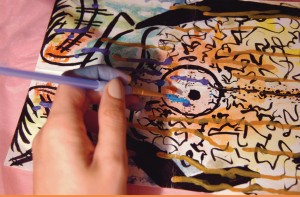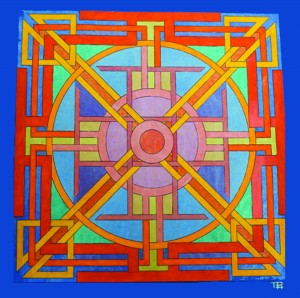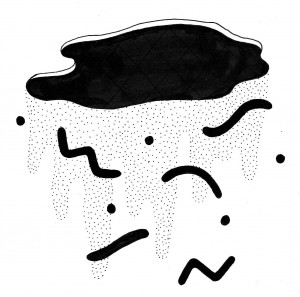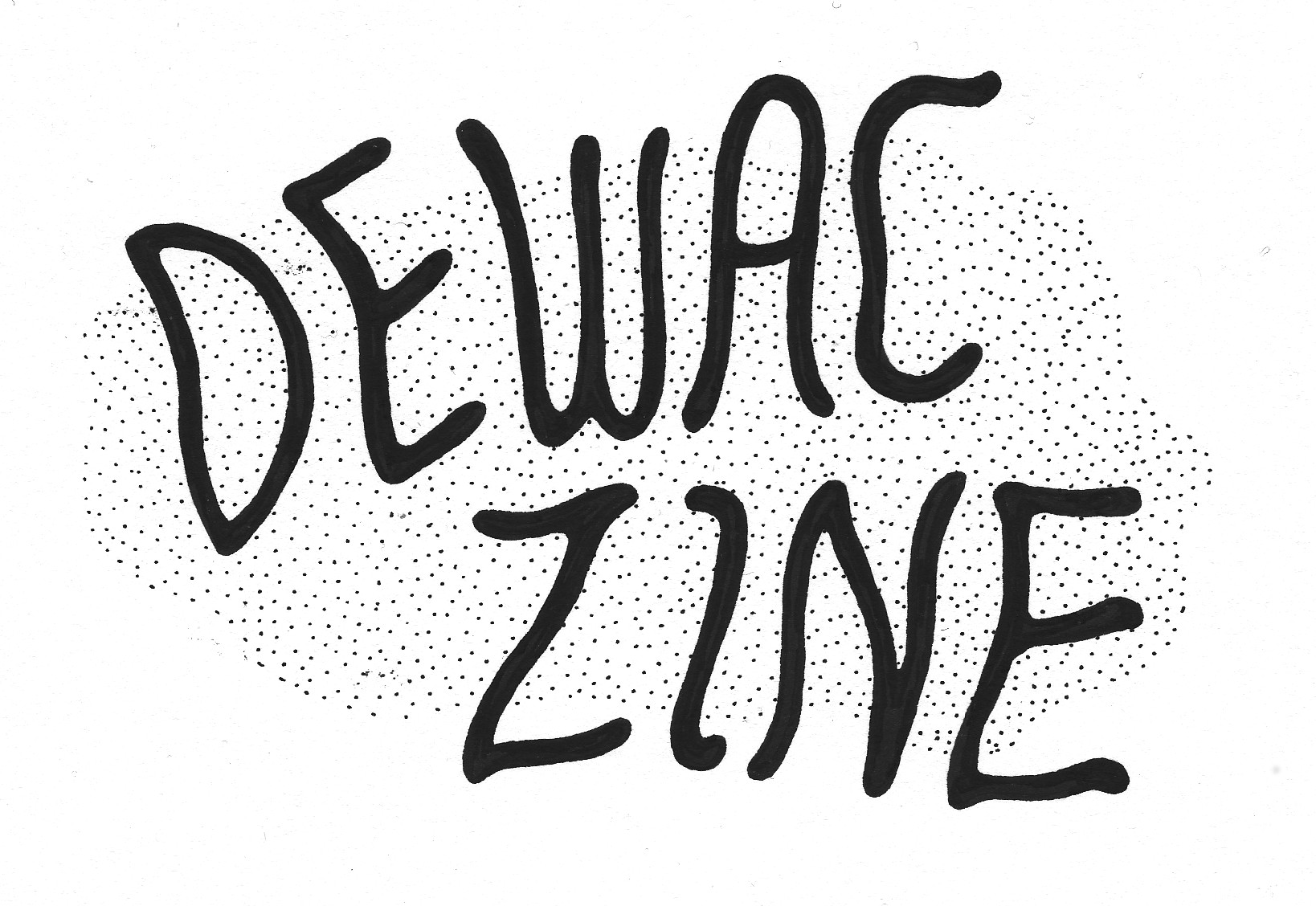I have experienced the Downtown Eastside (DTES) only in a tangential and superficial way. When I enter this neighbourhood I feel alienated, like I should be elsewhere, like this space, along with Canada on the whole, is occupied. I know this is stolen land and that it is my purpose as a white, privileged, cis woman to consider my privilege in my every move. I do not argue against my positionality. I recognize its prevalence and how my perspective speaks only to my lived experience and does not speak for anyone else’s. What I mean by “lived experience” is my first-hand account of being a member of a minority or oppressed group. In my case, that is being a woman in a society that structurally oppresses women. When I enter an area, especially one like the DTES, these feelings resonate strongly.
I lock up my bike on the corner of East Georgia and Main outside of Matchstick Coffee Roasters, where I meet Jenn McDermid and Hanna Fazio. Both are organizers of the Downtown Eastside Women’s Art Collective (DEWAC). McDermid and Fazio along with Jessica Todd, who was not present, facilitate a bi-monthly art workshop for self-identified women of the DTES at the Carnegie Community Centre. DEWAC is releasing a zine this September to showcase and circulate the creative visual and written works produced by women in the DTES.

McDermid and Fazio are facilitators at these workshops, but also participate with the women who attend. As McDermid describes, “There’s no hierarchy in terms of one person being more knowledgeable about art than anyone else.” And speaking as workshop participants, McDermid and Fazio acknowledge how everyone is “kind of in the same position” during these bi-monthly workshops, as McDermid articulates. The sessions provide an equitable space where, momentarily, structural barriers, such as low socioeconomic status, are transcended.
Artists are paid by DEWAC and each submission to the zine has either been created in these workshop sessions or elsewhere. Both McDermid and Fazio express their surprise that some of the pieces had not received recognition prior to their submission to the zine. “Some of the artwork that was submitted was so beautiful… Many of the people who submitted pieces went to art school, and they probably know more than us,” reflects McDermid.

Having both worked with organizations that are geared towards providing opportunities to resident in the DTES, McDermid and Fazio are propelled by their own experiences and stress the agency provided to participants in each art session. “Our big thing,” describes Fazio, “is supplying resources for people,” whether it be a space to debrief about life, to collaborate on an art piece, or to share the energy that is present while in the creative process.
The importance of cultivating a safe space highlights the lack of trust that has been expressed by some participants. This is often the result of their work previously being photographed without their permission, describes McDermid and Fazio. Aware of how being taken advantage of relates to social and economic vulnerabilities, DEWAC is committed to mitigating these problems through their zine submission process and their facilitation of workshop sessions, which are both open to discussing and addressing feelings of mistrust. “Because this is our first zine, all we can do is give our word… but we have also gained trust from some of the women who have started to come to our workshops more regularly and we have gotten to know and build relationships with them,” explains Fazio.
In tandem with providing general information about DEWAC, both McDermid and Fazio illuminate a variety of misconceptions that I had personally had about the DTES. The first is their observation of the lived experience of impoverished women in the DTES. McDermid considers, “When you’re living in poverty you might not have a lot of resources, you can sometimes feel a little bored or antsy, so to have the ability to have things provided for you [during the art sessions], you can just come and relax.” The essentiality of cultivating a safe space is reinforced throughout my conversation with McDermid and Fazio.
Uprooting a second misconception I had about the DTES, McDermid and Fazio articulate how the DTES has a stronger sense of community than other areas in the city. Perceiving this through their experiences working in the area, both women hope to continue building relationships there. “And we are kind of just rolling with that a bit,” says McDermid.
This resonated with the feelings of uncomfortability I had experienced while in the area. Is that uncomfortability a result of being accustomed to the way Vancouver is unaccepting of a variety of lived experiences? Is the actual experience of living in the DTES cultivated by the response the community gets from people of middle and upper-class socioeconomic standings?
In that moment, I reflected on my positionality. I considered how this sense of uncomfortability is structural, yet a part of my own understanding of who I am in my community and how others’ experiences are much different, yet no less valid than my own. Each experience is contributive to its respective community. Sure, my feelings of uncomfortability are not unfounded, but how I make meaning of them, how I react and go about my daily life — that is what is important to recognize. More than recognize, I must adjust to and try to keep these feelings in mind, in my every move.
One thing that I find interesting are the similarities and dissimilarities of lived experiences. We all have them. Art, especially collaborative art like the DEWAC zine, momentarily transcends different lived experiences and creates a sense of support and community.
DEWAC’s zine launch will be on September 24th at Gallery Gachet. Visit https://eastsideartscollective.wordpress.com/ for more information.



